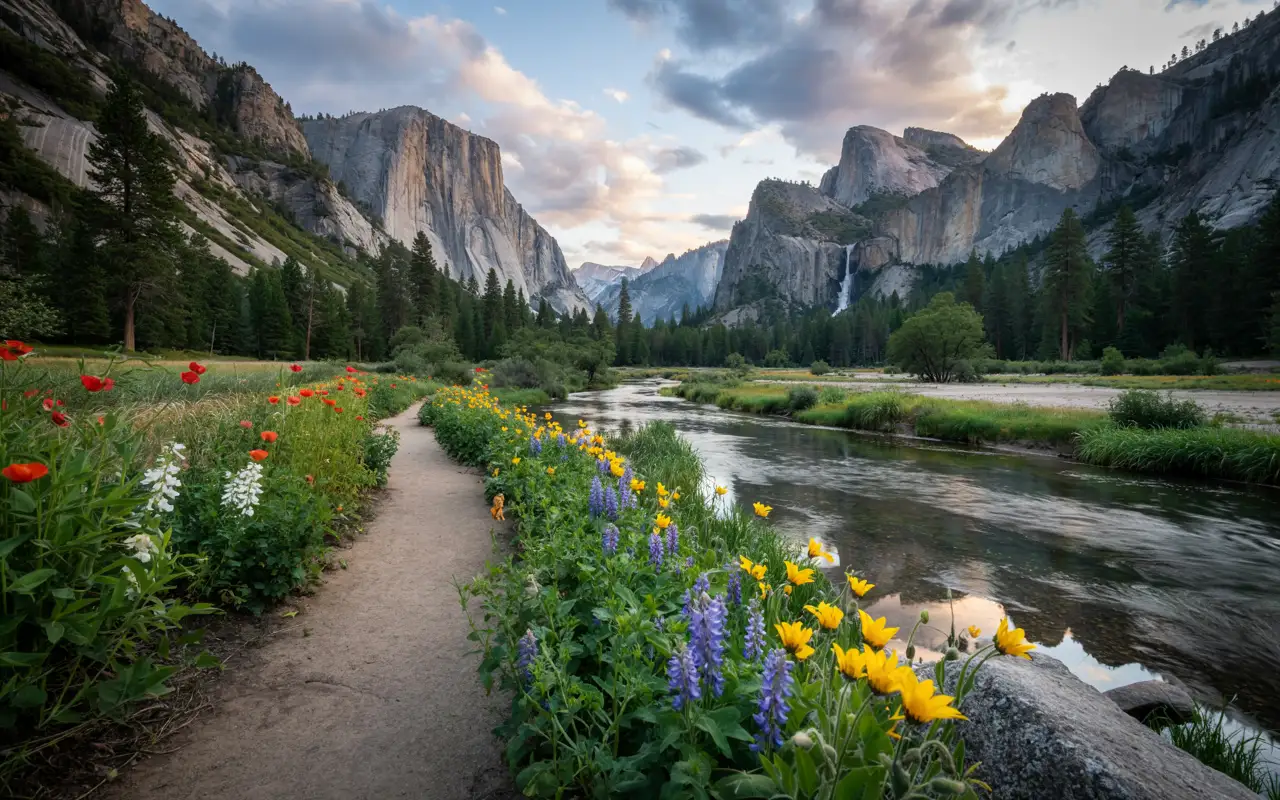
There’s something wildly liberating about stepping off a shuttle, tightening your boot laces, and knowing you won’t need your car for days. These are the kinds of places where trailheads begin at your doorstep, and towns flow seamlessly into wilderness, where the sounds of engines fade, and your days move to the rhythm of your footsteps.
You’re not stuck in traffic, you’re on a ridge at sunset. You’re not circling for parking, you’re following a river through a canyon. If you’ve ever wanted to truly immerse yourself in a national park, this is how you do it — fully, freely, and on foot.
1. Zion National Park, Utah
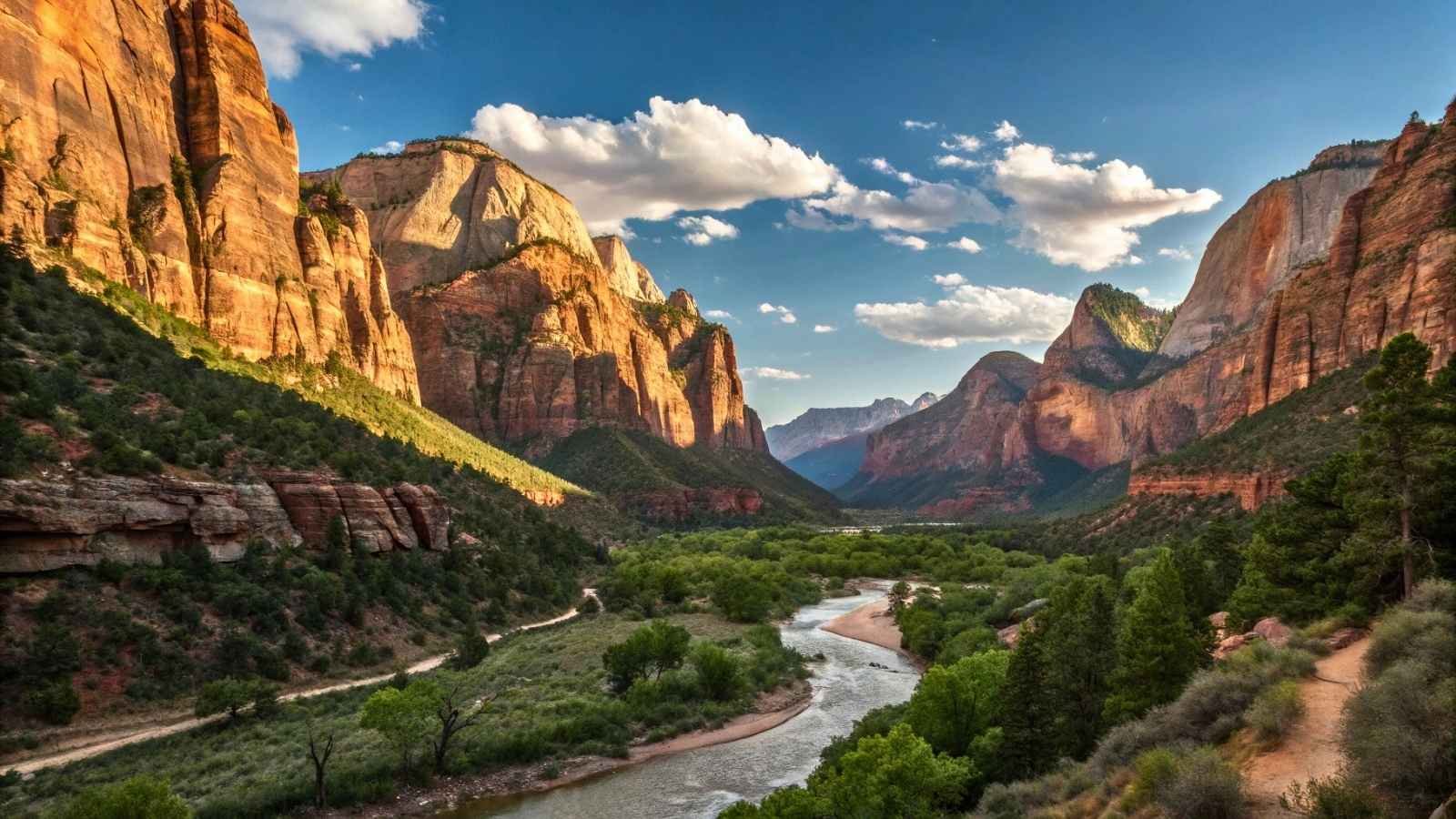
Zion isn’t just car-free friendly — it’s practically designed for it. Once you arrive in Springdale, the gateway town right outside the park, you can hop on the free Springdale Shuttle, which connects directly to Zion’s mandatory park shuttle (in operation March–late November). Inside the canyon, this shuttle drops you at all the major trailheads, from Angels Landing to The Narrows, and it runs frequently enough that you never feel stuck waiting.
What makes Zion feel so liberating is how connected everything is. From canyon-bottom riverside strolls to steep switchback hikes, all your adventures are within walking distance of shuttle stops. Even better? Springdale itself is highly walkable, packed with cafés, gear shops, and local art galleries, all within strolling distance of lodging.
And here’s something that surprised me: Sunrise in Zion, when the canyon walls catch fire with morning light, feels especially magical without the hum of traffic. The quiet enhances everything — and with no car keys jingling in your pocket, it’s just you and the red rock.
Quick Info:
- Best Months to Visit: April–May, September–October
- Shuttle System: Mandatory March–late November; free and frequent
- Where to Stay: Walkable lodges & inns in Springdale
- Notable Trails Accessible via Shuttle: Angels Landing, Emerald Pools, Riverside Walk, The Narrows
- Bonus Tip: Rent gear for the Narrows hike in town and take it on the shuttle — super easy
2. Grand Canyon National Park (South Rim), Arizona
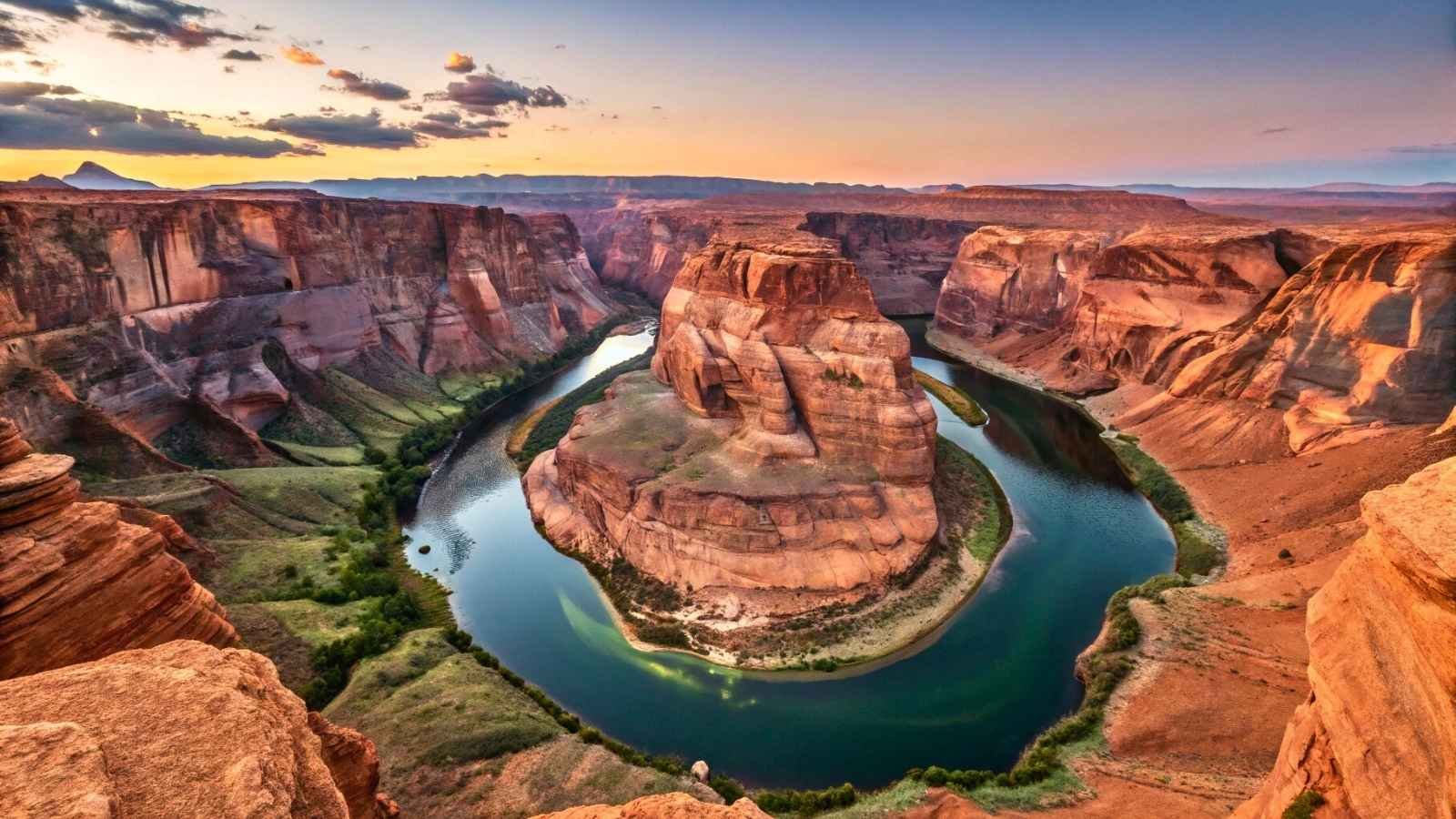
The South Rim of the Grand Canyon might be sprawling, but thanks to four color-coded shuttle routes, you can cover a lot of ground without needing a car. The Village area is the heart of it all, where historic lodges, viewpoints, cafés, and trailheads are strung together by well-marked walking paths and constant shuttle service.
What’s especially unique about the Grand Canyon experience is the mix of panoramic shuttle-access viewpoints (like Hopi Point or Yaki Point) and doable rim-to-river hikes (like South Kaibab or Bright Angel). The shuttles even connect to key hiking trailheads so you can descend into the canyon and return car-free.
Plus, there’s a surprising sense of calm walking around the Village in early morning or twilight. Between the gentle clang of the Grand Canyon Railway and the canyon’s golden-hour glow, the lack of cars lets you soak up more of that timeless national park atmosphere.
Quick Info:
- Best Months to Visit: March–May, September–November
- Shuttle System: Year-round in core areas; seasonal to outlying viewpoints
- Where to Stay: Grand Canyon Village (El Tovar, Bright Angel Lodge)
- Notable Trails Accessible via Shuttle: Bright Angel Trail, South Kaibab Trail, Rim Trail
- Bonus Tip: Take the shuttle to Hermit’s Rest and walk part of the Rim Trail back — it’s mostly flat with nonstop views
3. Yosemite National Park, California
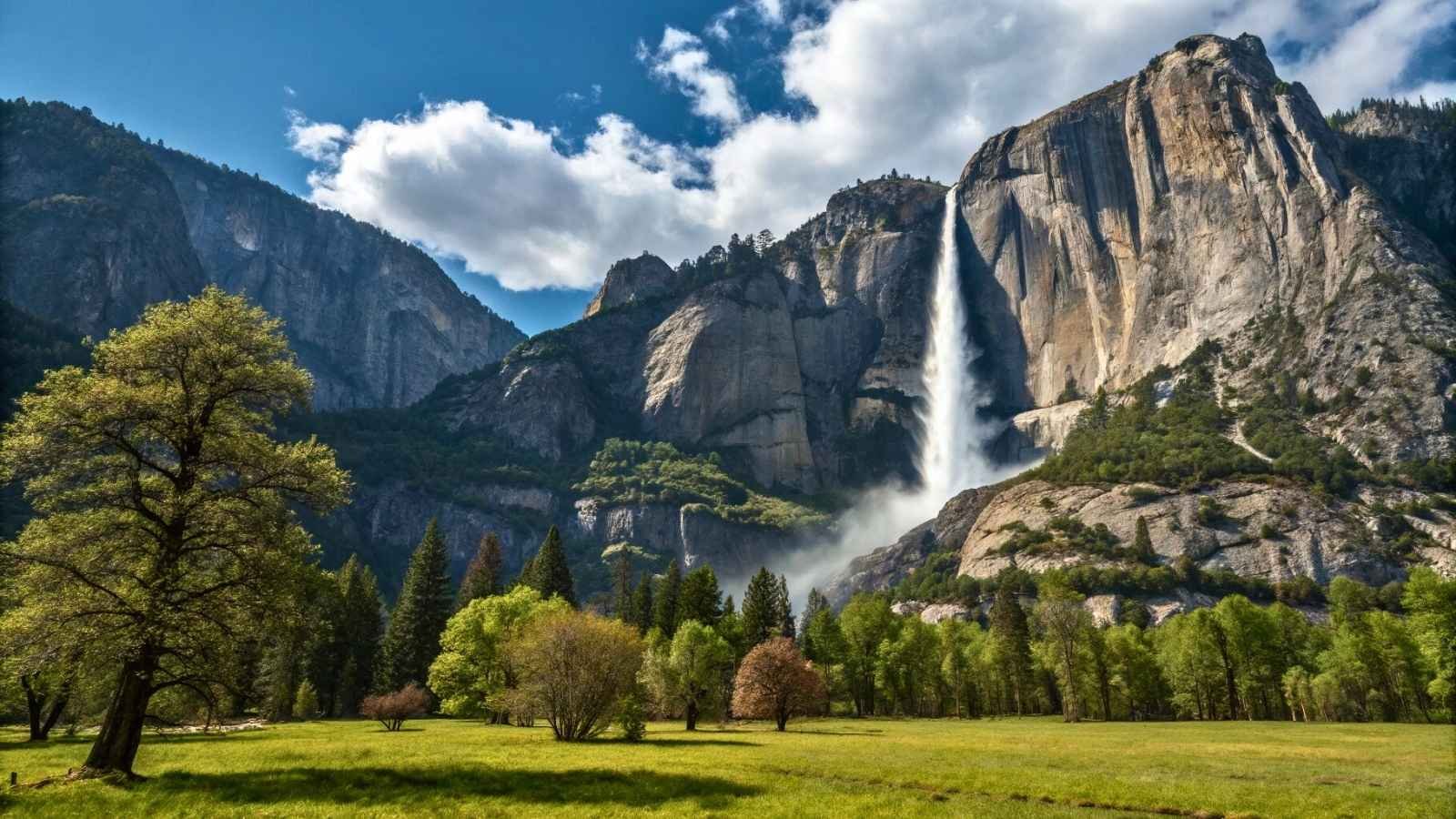
Yosemite Valley is one of the few national park locations where it genuinely makes sense to leave your car behind. Why? Because the Yosemite Valley Shuttle loops through all the iconic sights — Yosemite Falls, El Capitan, Half Dome Village, Mirror Lake — and connects to most major trailheads. The loop is dense, scenic, and refreshingly efficient.
Arriving via YARTS (Yosemite Area Regional Transportation System) is also an option from outside the park — particularly from Mariposa or El Portal — if you want to stay car-free for the entire trip. Once inside, Yosemite’s central Valley area is compact enough that you can hike, eat, and explore without once buckling up.
The best part? You’re constantly on foot beneath some of the tallest granite cliffs in the world. You’ll feel it in your neck and your soul. Trust me, there’s something freeing about moving slowly in a place this massive, especially when traffic isn’t on your mind.
Quick Info:
- Best Months to Visit: May–June, September–early October
- Shuttle System: Yosemite Valley Shuttle runs year-round (with seasonal extensions)
- Where to Stay: Curry Village, Yosemite Valley Lodge
- Notable Trails Accessible via Shuttle: Mist Trail, Mirror Lake, Lower Yosemite Falls
- Bonus Tip: Bring or rent a bike — Yosemite is remarkably flat and easy to cycle around
4. Acadia National Park, Maine
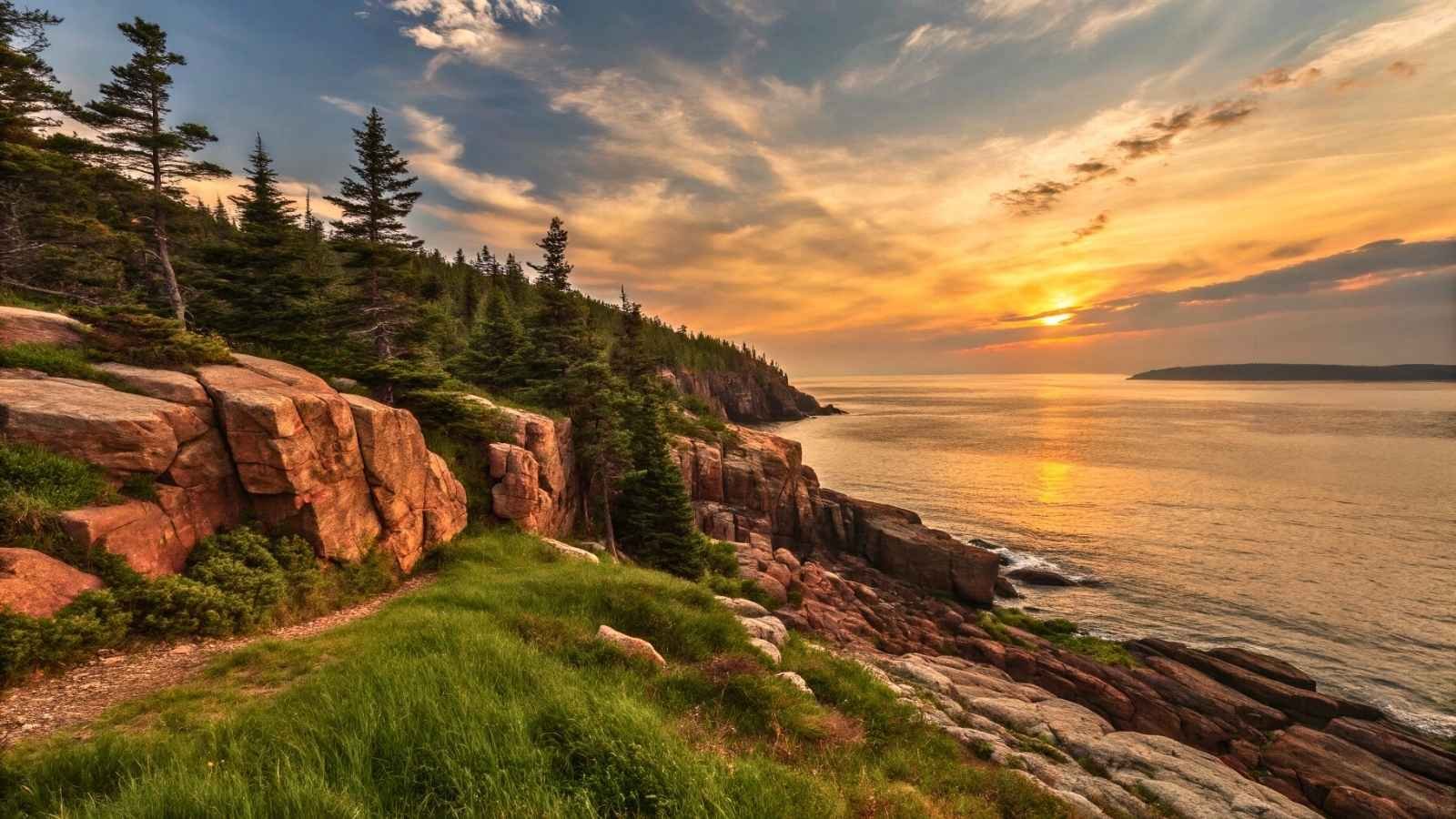
Acadia is practically built for people who want to leave the car behind. Thanks to the Island Explorer Shuttle, you can get around all of Mount Desert Island — from Bar Harbor to key park areas like Sand Beach, Jordan Pond, Cadillac Mountain, and Thunder Hole — without driving a single mile. It’s clean, efficient, and free.
The real joy of Acadia is how connected everything feels. Trails often lead straight from bus stops to loop hikes or scenic carriage roads. You can start a morning on the Ocean Path, grab popovers at Jordan Pond House for lunch, and wrap it all up watching sunset from Cadillac — all via shuttle and walking.
Bar Harbor itself is more than a base — it’s a highlight. Walkable, charming, and full of fresh seafood, the town makes it easy to explore before or after your park days without needing a car to get around.
Quick Info:
- Best Months to Visit: June–October (peak color in early October)
- Shuttle System: Island Explorer (late June–early October)
- Where to Stay: Bar Harbor (in-town inns, waterfront hotels)
- Notable Trails Accessible via Shuttle: Ocean Path, Gorham Mountain, Jordan Pond Loop
- Bonus Tip: The carriage roads are perfect for renting a bike and making your self-paced tour
5. Glacier National Park, Montana
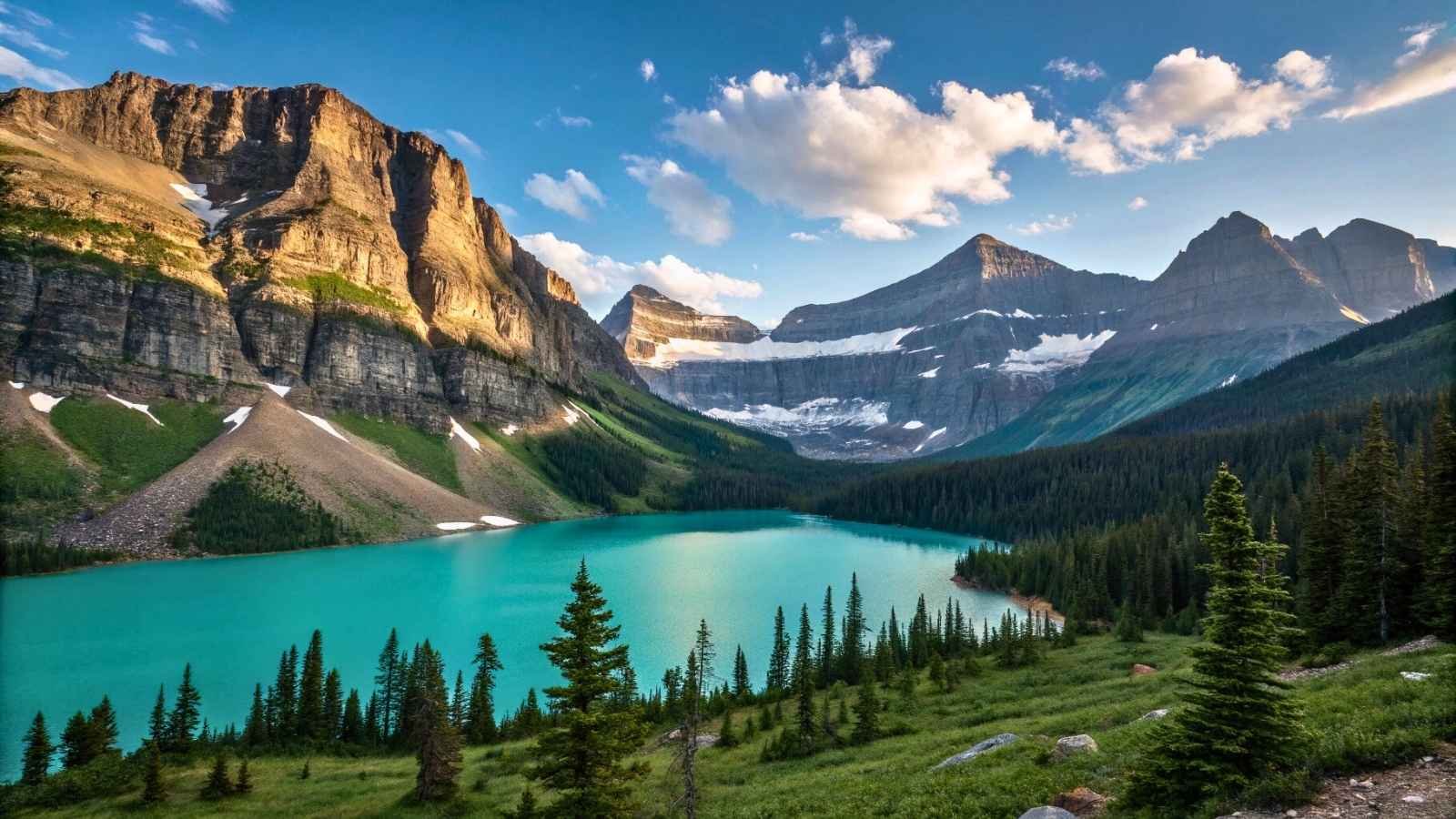
Glacier is breathtaking — and with the Going-to-the-Sun Road shuttle system, you can experience the entire park without having to navigate the high, narrow, cliff-side roads yourself. The shuttle connects West Glacier to Logan Pass, where several of the park’s most spectacular hikes begin, including Hidden Lake and Highline Trail.
The best part? If you plan smart, you can combine shuttle drop-offs with point-to-point hikes, creating full-day journeys without doubling back. And if you’re staying in or near Apgar Village or St. Mary, the shuttle’s convenience makes those towns excellent home bases. Everything feels thoughtfully interconnected.
Don’t be surprised if you spot bighorn sheep or mountain goats while waiting for the next shuttle — Glacier’s scenery is always on. And honestly, it feels pretty good to sit back and let someone else handle the hairpin turns while you soak in the views.
Quick Info:
- Best Months to Visit: July–early September
- Shuttle System: Free, operates seasonally on Going-to-the-Sun Road
- Where to Stay: Apgar, West Glacier, or transit-friendly lodges like Lake McDonald Lodge
- Notable Trails Accessible via Shuttle: Highline Trail, Hidden Lake, Avalanche Lake
- Bonus Tip: Start early — the Logan Pass shuttle fills quickly, especially on clear days
6. Grand Teton National Park, Wyoming
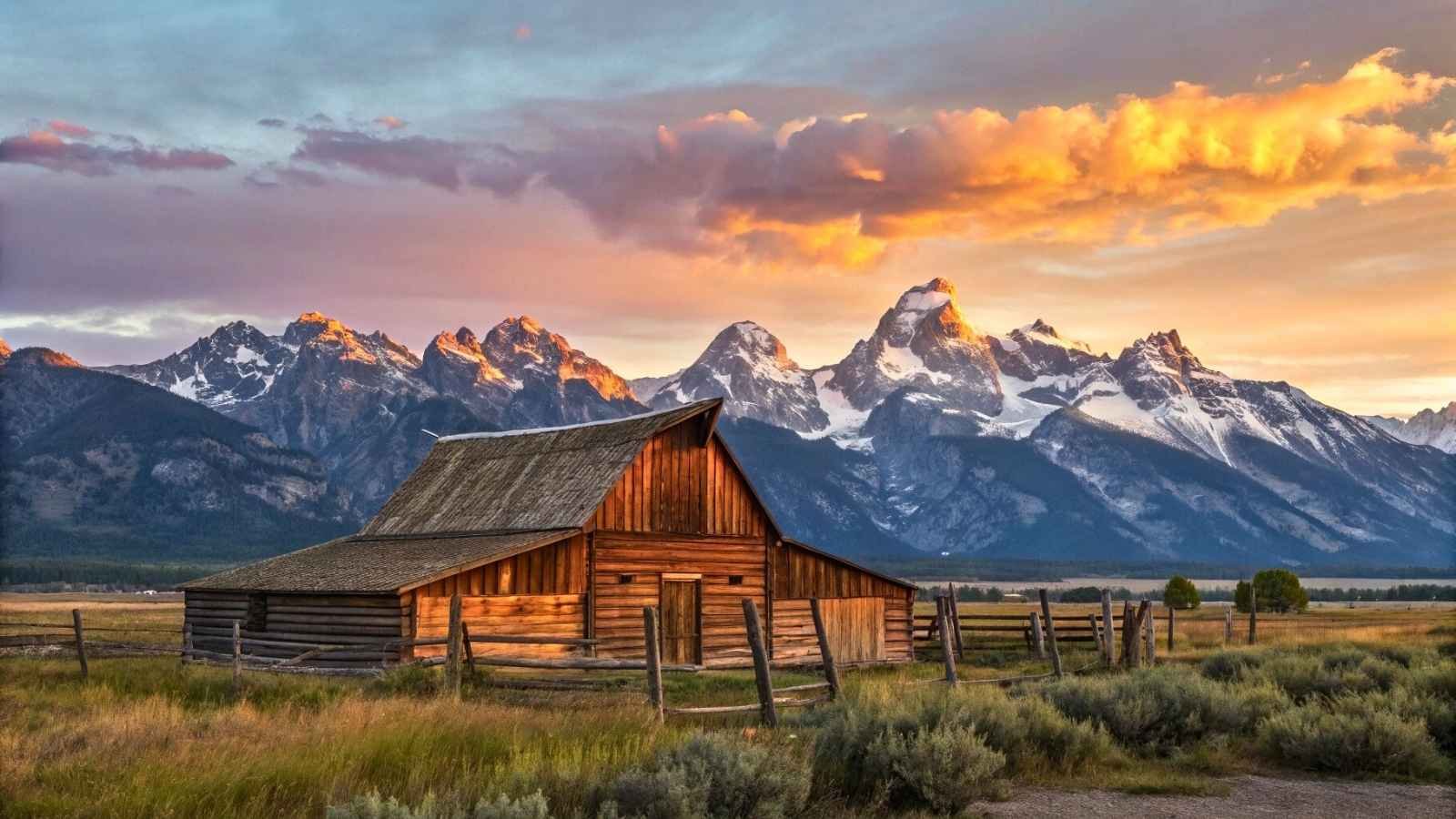
Grand Teton often gets overshadowed by nearby Yellowstone, but for those who love exploring on foot — with jagged peaks constantly looming in view — this park is a dream. The nearby town of Jackson is incredibly visitor-friendly, and while there’s no park-wide shuttle, there’s a seasonal START bus service that connects Jackson, Teton Village, and park entrances. Once you’re in the park, trail networks are well-connected, especially around Jenny Lake, String Lake, and the Moose area.
Here’s the insider trick: base yourself near Jenny Lake or camp at Colter Bay and plan hikes that loop directly from your lodging or shuttle drop-off. Many of the best hikes — like Cascade Canyon or Taggart Lake — are so well-signed and self-contained that it’s easy to do a multi-day car-free stay.
Plus, it’s the kind of park where wildlife isn’t just a possibility — it’s an expectation. Moose, elk, and bears frequent the lower trails, so even a short walk from your cabin can feel like a wilderness documentary come to life.
Quick Info:
- Best Months to Visit: Late June–mid-September
- Shuttle System: START Bus (Jackson area); no in-park shuttle
- Where to Stay: Jackson, Jenny Lake Lodge, Colter Bay cabins
- Notable Trails Accessible Without a Car: Taggart Lake Loop, Jenny Lake Loop, Cascade Canyon
- Bonus Tip: For a beautiful combo, take the Jenny Lake boat shuttle across the lake to start hikes with more dramatic scenery right off the bat
7. Bryce Canyon National Park, Utah
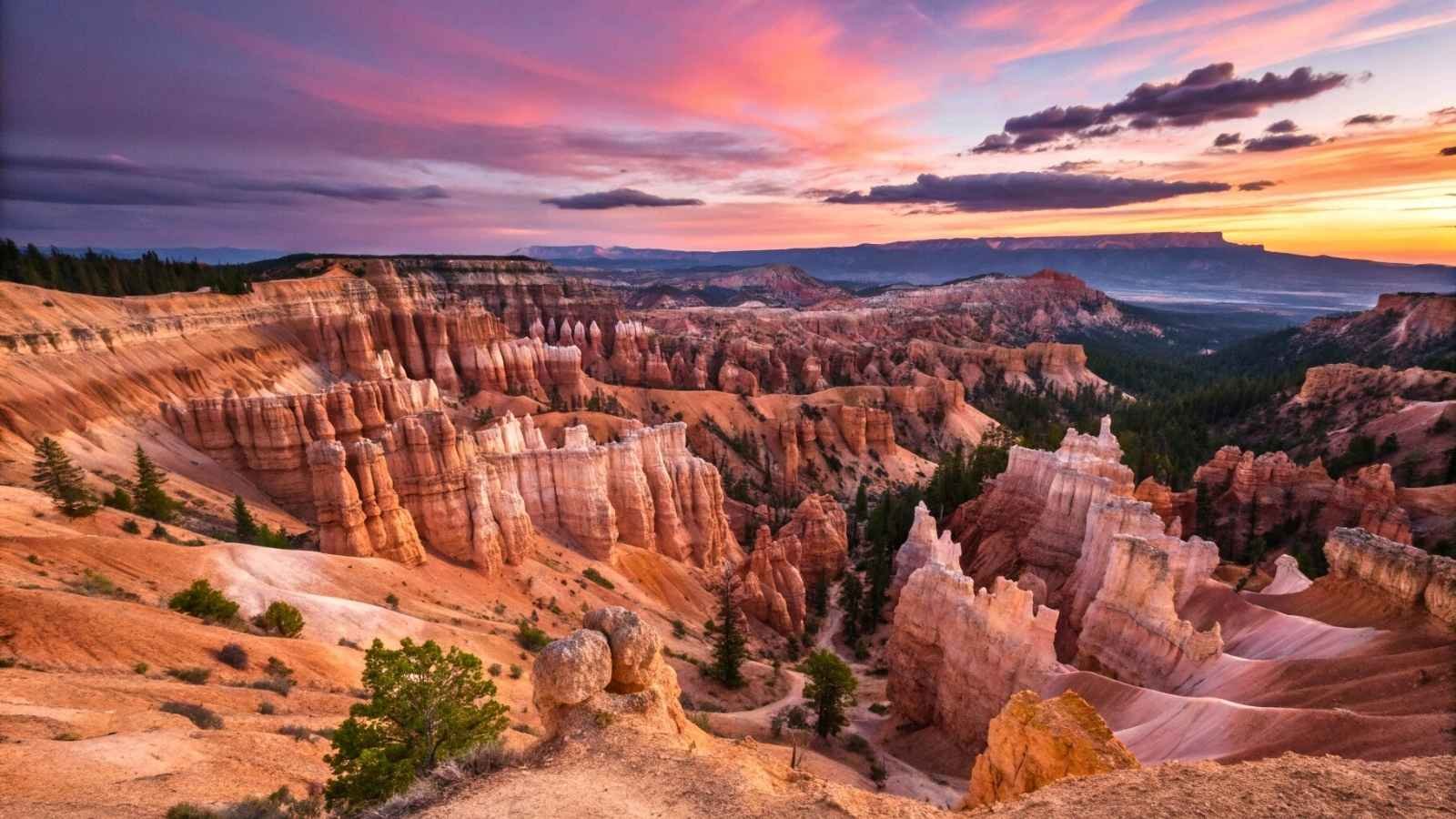
Bryce may be small compared to some heavy hitters, but when it comes to ease of access without a car, it delivers. The Bryce Canyon Shuttle is simple, reliable, and connects the main viewpoints, trailheads, and the nearby town of Bryce Canyon City — all in a tight, easily walkable loop. You can stay in town or at the Bryce Canyon Lodge inside the park and never once have to drive.
But here’s where it gets fun: most of the best trails in Bryce — like Queen’s Garden, Navajo Loop, and Peek-a-Boo Loop — begin and end right near the rim, within walking distance of shuttle stops. It’s a “park and play” setup that works incredibly well, especially for families or those who like to keep logistics minimal.
And the otherworldly hoodoos? They look even more surreal when you’re strolling among them at sunrise or dusk, when the shuttles have helped reduce congestion and you can hear the wind brushing the sandstone.
Quick Info:
- Best Months to Visit: May–October
- Shuttle System: Bryce Canyon Shuttle (late April–mid-October)
- Where to Stay: Bryce Canyon City, Bryce Canyon Lodge
- Notable Trails Accessible via Shuttle: Navajo Loop, Queen’s Garden, Rim Trail, Peek-a-Boo Loop
- Bonus Tip: Try doing Navajo + Queen’s Garden as a loop from Sunrise to Sunset Point — the shuttle connects them perfectly






